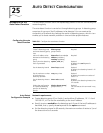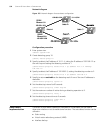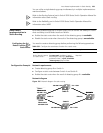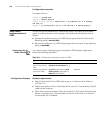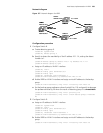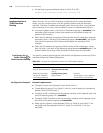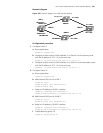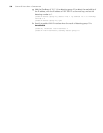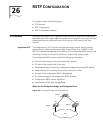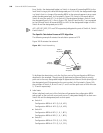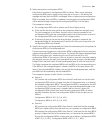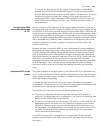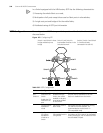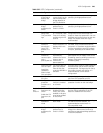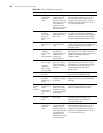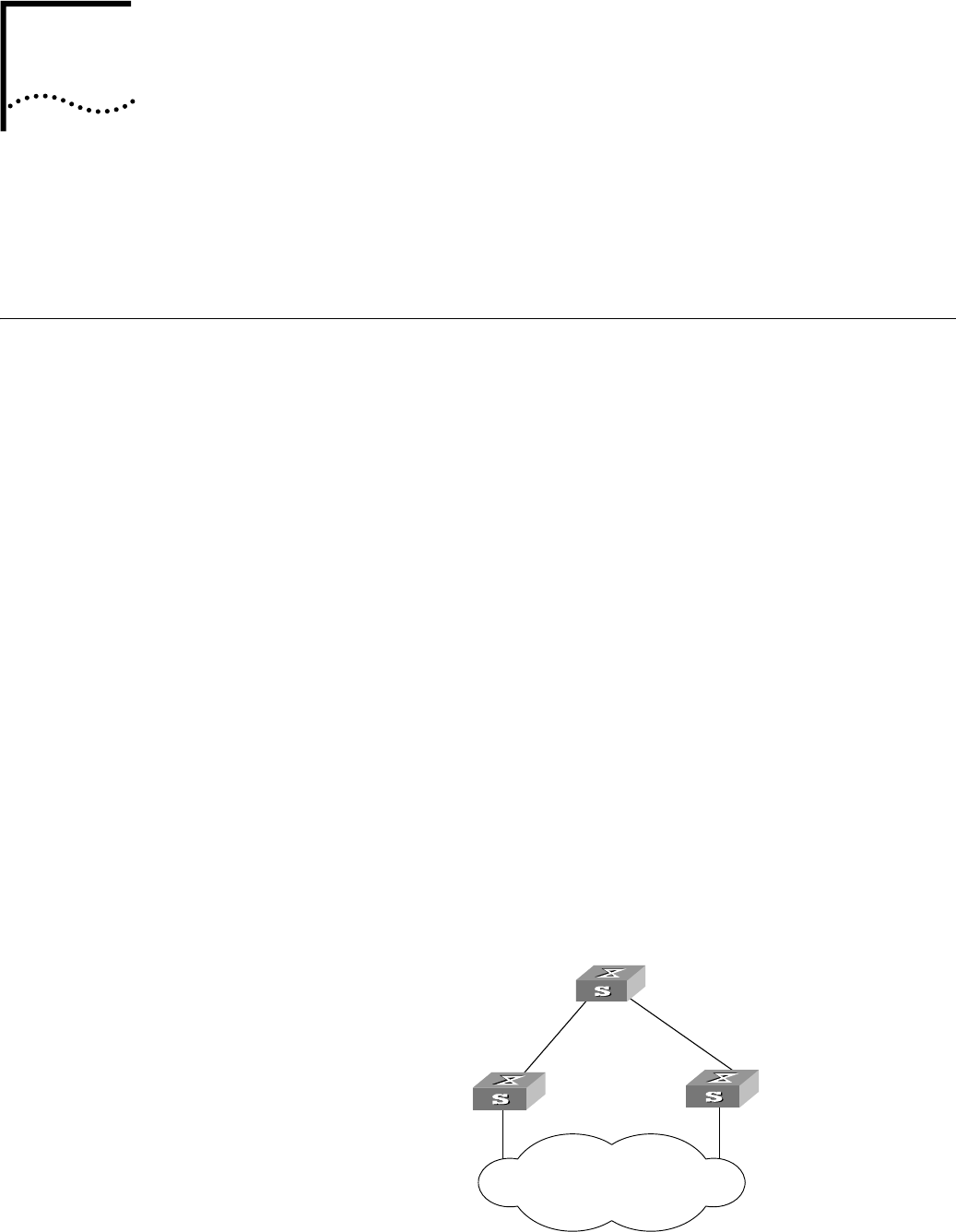
26
RSTP CONFIGURATION
This chapter covers the following topics:
■ STP Overview
■ RSTP Configuration
■ RSTP Configuration Example
STP Overview Spanning Tree Protocol (STP) is applied in loop networks to block some undesirable
redundant paths with certain algorithms and prune the network into a loop-free tree,
thereby avoiding the proliferation and infinite cycling of the packet in the loop
network.
Implement STP The fundamental of STP is that the Switches exchange a special type of protocol
packet (which is called configuration Bridge Protocol Data Units, or BPDU, in IEEE
802.1D) to decide the topology of the network. The configuration BPDU contains the
information enough to ensure the Switches to compute the spanning tree.
The configuration BPDU mainly contains the following information:
■ The root ID consisting of root priority and MAC address
■ The cost of the shortest path to the root
■ Designated bridge ID consisting of designated bridge priority and MAC address
■ Designated port ID consisting of port priority and port number
■ The age of the configuration BPDU: MessageAge
■ The maximum age of the configuration BPDU: MaxAge
■ Configuration BPDU interval: HelloTime
■ Forward delay of the port: ForwardDelay.
What are the Designated Bridge and Designated Port?
Figure 159 Designated Bridge and Designated Port
Switch A
Switch C
Switch B
CP2
BP2
CP1
BP1
AP2AP1
LAN



